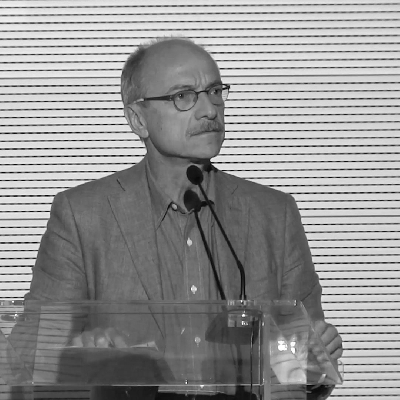On Twitter, @MRinnovabile profile reached 1,000 and now it gets 2 new followers every day: on a sample of 100 tweets, between 10th and 17th December 2015, the number of accounts potentially reached (directly by the activity of the account or indirectly thanks to the interaction with other profiles) was over 80,000.
Meanwhile, we received positive signs of change. Despite a first stop and a scaling down of regulations, the EU passed a circular economy package, which will be thoroughly discussed in this issue. The 2015 United Nations Climate Change Conference was held soon after in December in Paris. Some, adopting a rigorous scientific point of view, rejected it because its conclusions do not include the necessary measures to protect us from the threats of climate change. I think that such a stance does not grasp the main idea: The UN Summit was not a scientific meeting because, from this point of view, the IPCC (Intergovernmental Panel on Climate Science) on several occasions had already outlined an exhaustive picture of the situation; it was only a case of reaching political agreement. To do so on topics that influence markets, it was necessary to come to an economic agreement. The conditions for such deal were created thanks to global scale mediation. The agreement was reached on points supported by the EU and environmentalists (keeping global warming below 2 °C, trying all it takes to keep it below 1.5 °C compared to the pre-industrial era); with methods favoured by the USA (no regulations from above, only the law of supply and demand); with the timeframe wanted by China (when Beijing had already started to considered very dangerous the pollution pressure on its territory and had become a productive leader in the renewable source sector).
The results of this effort are still insufficient but not negligible. For the first time, it gathered together 186 countries responsible for 95% of greenhouse emissions. These countries are already halfway in reaching their CO2 reduction target. For the first time in the history of humankind, a mechanism for the governance of common goods was set in place entailing the global distribution of tasks. Surely, it is a weak governance because it did not start, as logics would require, from the targets to achieve in order to allocate tasks, but it followed the opposite route: each country committed to a voluntary target and made it known. Nevertheless, the mechanism was set in motion and there is a reasonable possibility that the economic machine, once it has identified a purpose able to mobilize the public opinion leading to profit and consensus, will move faster than politics. Even the consortium of entrepreneurs led by Bill Gates and Mark Zuckerberg believe in this and decided to allocate $20 billion to speed up green research.
Against this framework, Renewable Matter intends to throw down the gauntlet in 2016. This year we will strengthen our position through new initiatives. We will offer an increasingly widespread distribution of our magazine and Insight, an in-depth analysis supplement we started publishing at the end of 2015. In January, we created Centro Materia Rinnovabile (“Renewable Matter Centre”) to offer assistance to companies undergoing the green transition and to show that the circular economy is an extraordinary instrument to accelerate the synergy between ecology and economy. Last but not least, we have started to organize conferences and meeting opportunities for those that recognize matter recovery as a crucial instrument to relaunch the economy, employment and to support local areas involved in various projects.
Needless to say, it will make for an interesting year.


